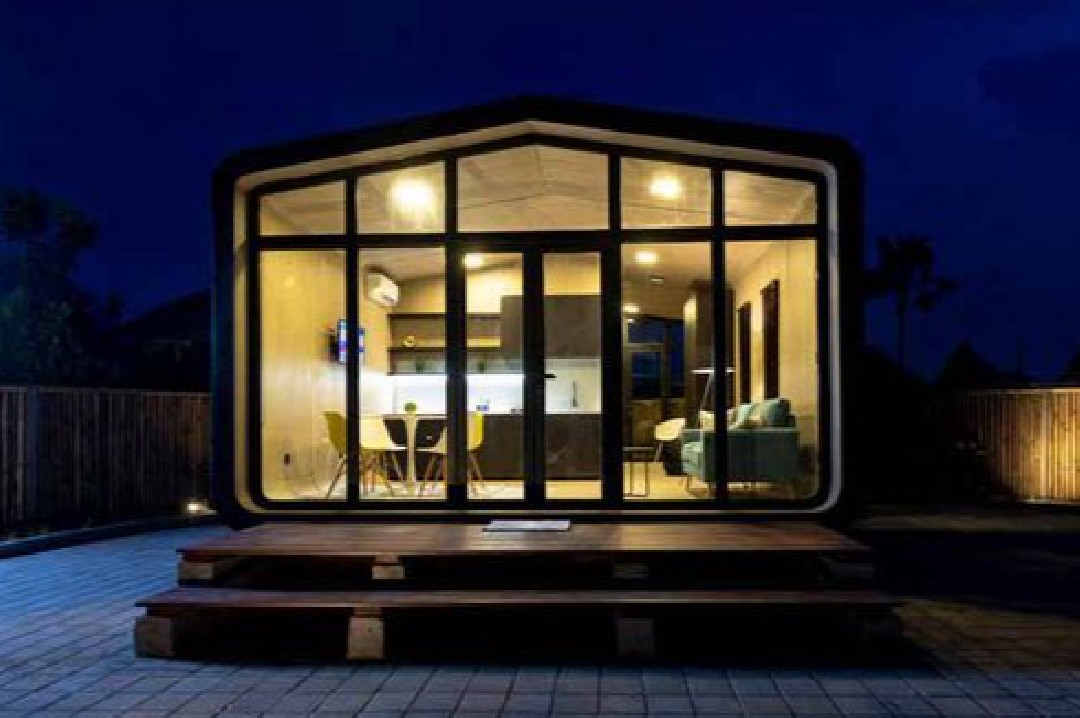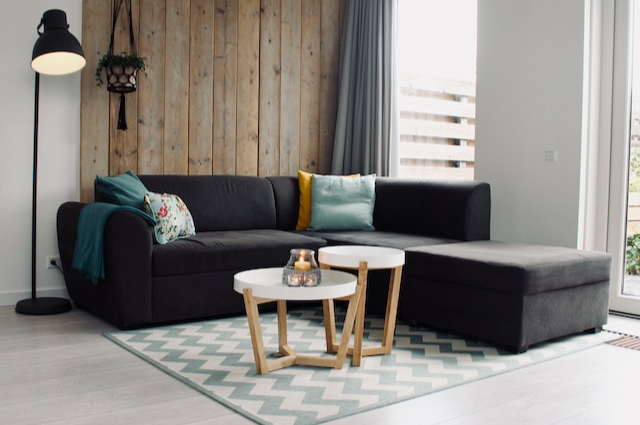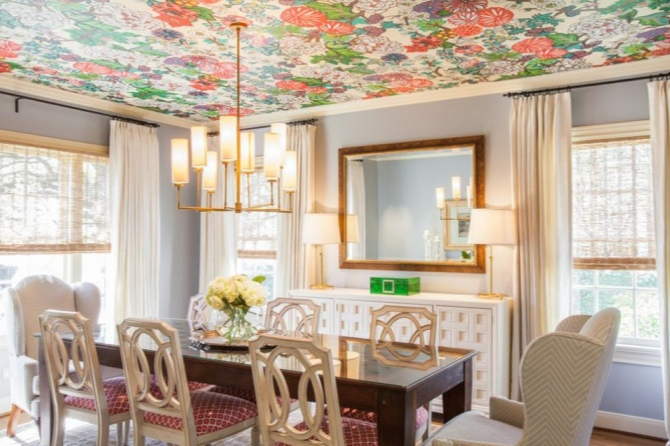Futuristic Architecture: Homes of the Future in the Present

Introduction
In the continuously evolving digital era, the definition of a comfortable and functional home has transcended the confines of conventional walls and roofs. Now, homes have become stages for revolutionary technological innovations and stunning designs, elevating the concept of dwelling to a new level. This development speaks not only of comfort or security but also of how technology and architecture converge to create environments that support dynamic and sustainable modern lifestyles.
The future homes we know today have evolved from mere shelters to expressions of lifestyle, personal preferences, and technological aspirations. With the integration of smart systems connected to the internet, homes have become 'smart', capable of regulating temperature, lighting, and even ordering groceries without the direct involvement of their occupants. These systems not only ease daily life but also enable greater energy efficiency, aligning dwellings with the increasingly pressing environmental challenges.
As we step into this era, we also witness changes in home aesthetics. Futuristic architecture is not just about technological advancement but also about creating intriguing and inspiring spaces. Homes become canvases for designers to create beyond traditional boundaries, crafting spaces that invite habitation and enjoyment. By examining ten examples of futuristic architecture that we will discuss, we will explore how dwellings have undergone remarkable transformations, propelling us into a future that has become a reality.
1. Fully Automated Smart Homes

Smart homes are a tangible representation of the future that we can enjoy now. With sophisticated automation systems, occupants can control almost every aspect of their homes, from lighting and temperature to security, simply by voice command or through smartphone apps.
The integration of Internet of Things (IoT) technology allows these homes to learn from their occupants' habits and adapt automatically. For example, smart thermostats can adjust temperatures optimally based on daily activity patterns, while security systems can provide real-time alerts if suspicious activity is detected.
2. Environmentally Friendly and Sustainable Designs

Future homes not only prioritize comfort and technology but also sustainability. Environmentally friendly designs, such as the use of recycled materials and renewable energy sources, are becoming increasingly popular.
Solar panels, mini wind turbines, and rainwater harvesting systems are some examples of technologies applied to reduce carbon footprints. These homes are designed to minimize negative impacts on the environment while still providing maximum comfort for their occupants.
3. Modular and Prefabricated Homes

Modular and prefabricated homes offer quick and efficient solutions for modern housing needs. Built in factories and assembled on-site, these homes save construction time and costs.
Another advantage of modular homes is design flexibility. They can be easily customized or expanded according to occupants' needs, offering adaptive and innovative solutions for urban population growth and lifestyle changes.
4. Micro Living and Tiny Houses

Micro living or tiny houses are becoming increasingly popular as solutions for those who want to live simpler and more efficient lives. Despite their small size, these homes are meticulously designed to maximize every inch of available space.
In addition to cost-effectiveness, these tiny homes are also environmentally friendly because they use fewer resources. They allow their occupants to reduce their ecological footprint while enjoying a minimalist lifestyle free from unnecessary belongings.
5. Biophilic Design Connecting with Nature

Biophilic design aims to create a connection between humans and nature within living spaces. By incorporating natural elements such as plants, natural light, and organic materials, these homes provide healthier and more calming environments.
Research shows that biophilic design can improve mental and physical health, making occupants feel happier and more productive. The implementation of vertical gardens, green walls, and green roofs is examples of how natural elements are integrated into interior and exterior designs.
6. Dynamic and Adaptive Architecture
Dynamic architecture involves designing buildings that can change according to environmental conditions and occupants' needs. This includes building facades that can move to regulate lighting and ventilation automatically.
With advanced technology, these homes can respond to real-time changes in weather, temperature, and light. For example, smart windows can adjust transparency to control the amount of light entering, while moving walls can open or close to regulate airflow.
7. Integration of Virtual and Augmented Reality Spaces

With the development of virtual and augmented reality (VR/AR) technology, future homes offer more immersive experiences. Occupants can use this technology to redesign their home interiors virtually or add digital elements that enhance comfort and entertainment.
VR/AR technology also allows simulations of various home conditions before renovations are undertaken, helping homeowners make better and more efficient decisions. This opens up new possibilities in personalization and optimization of living spaces.
8. Floating and Underwater Homes
In the face of climate change and rising sea levels, futuristic architecture also includes designs for floating and underwater homes. Floating homes are designed to withstand water, providing solutions for areas prone to flooding.
On the other hand, underwater homes offer a unique and exclusive living experience. In addition to providing stunning underwater views, they are also designed to withstand water pressure and provide a safe and comfortable living environment.
9. Vertical Architecture and Rooftop Living

With limited urban land, vertical architecture offers innovative solutions to optimize space. Rooftop living or homes on top of buildings allow for the utilization of areas that are typically unused.
These homes often offer incredible city views and easy access to urban facilities. Additionally, rooftop gardens and green spaces can help reduce the urban heat island effect, making the surrounding environment cooler and more comfortable.
10. 3D Printed Technology Homes
3D printing technology has revolutionized the construction industry, enabling the rapid and cost-effective construction of homes. 3D printed homes can be built in a matter of days, with designs that can be customized to fit needs.
In addition to time and cost efficiency, 3D printed homes also offer more environmentally friendly solutions. The materials used can be recycled, reducing construction waste, while innovative designs allow for the creation of strong and durable structures.
Conclusion
The future of homes is already around us, bringing innovations that change the way we live and interact with the environment. From smart homes to underwater dwellings, futuristic architecture offers solutions that are not only aesthetic but also efficient and sustainable. With the continued advancement of technology and creativity in design, the future of housing looks brighter and full of possibilities.








